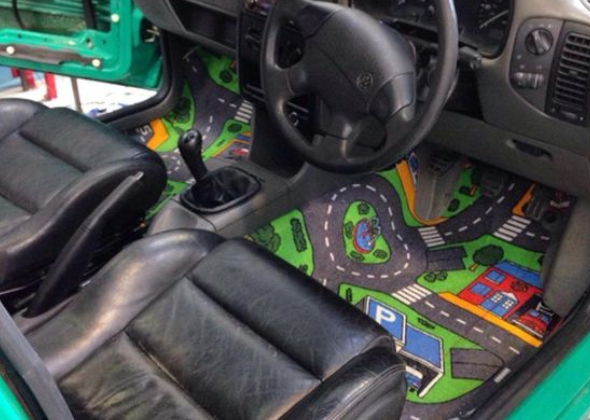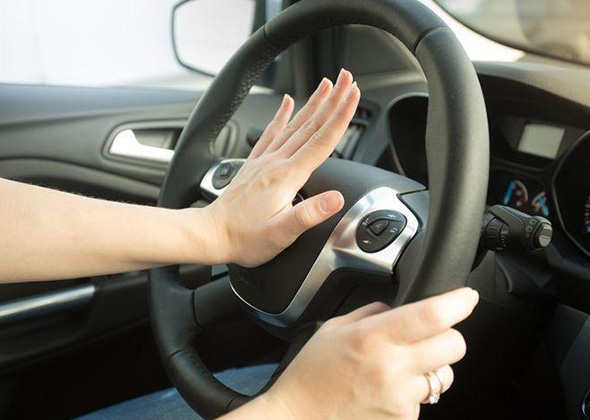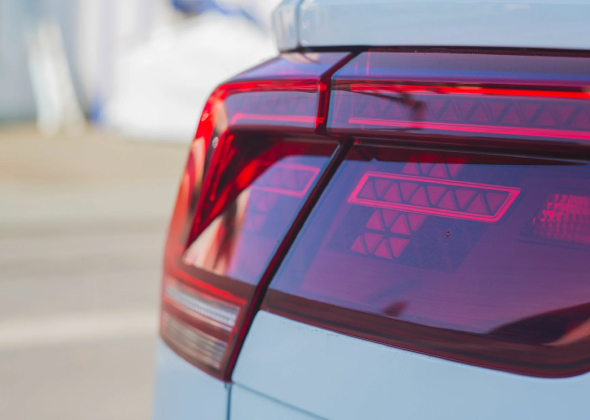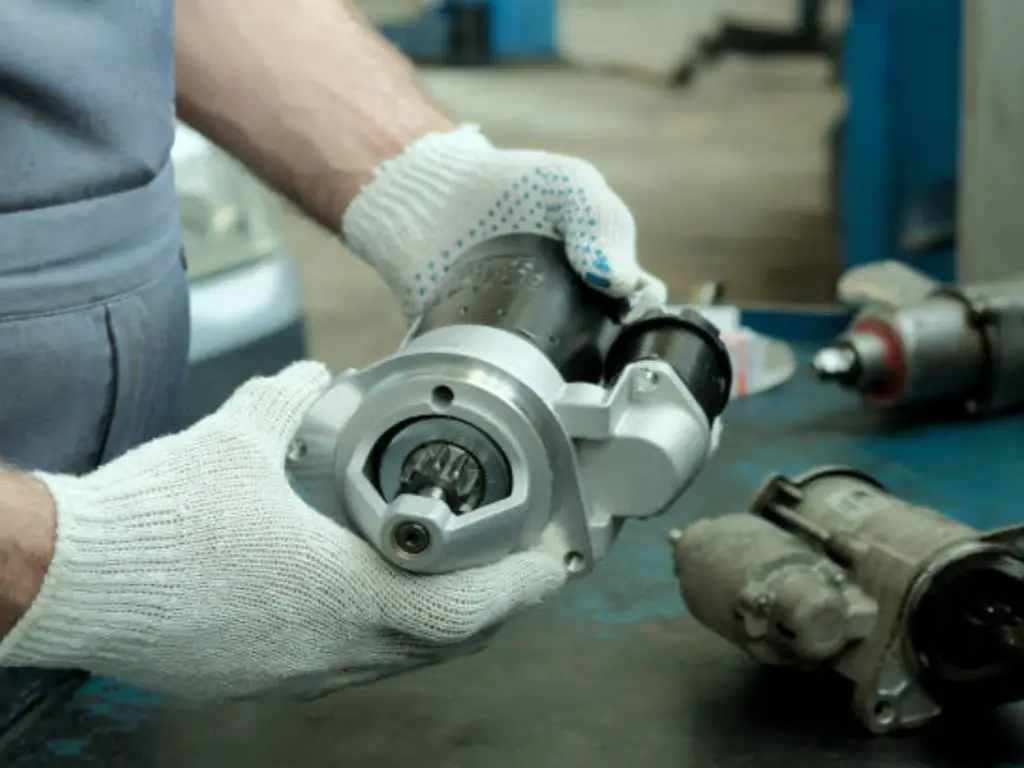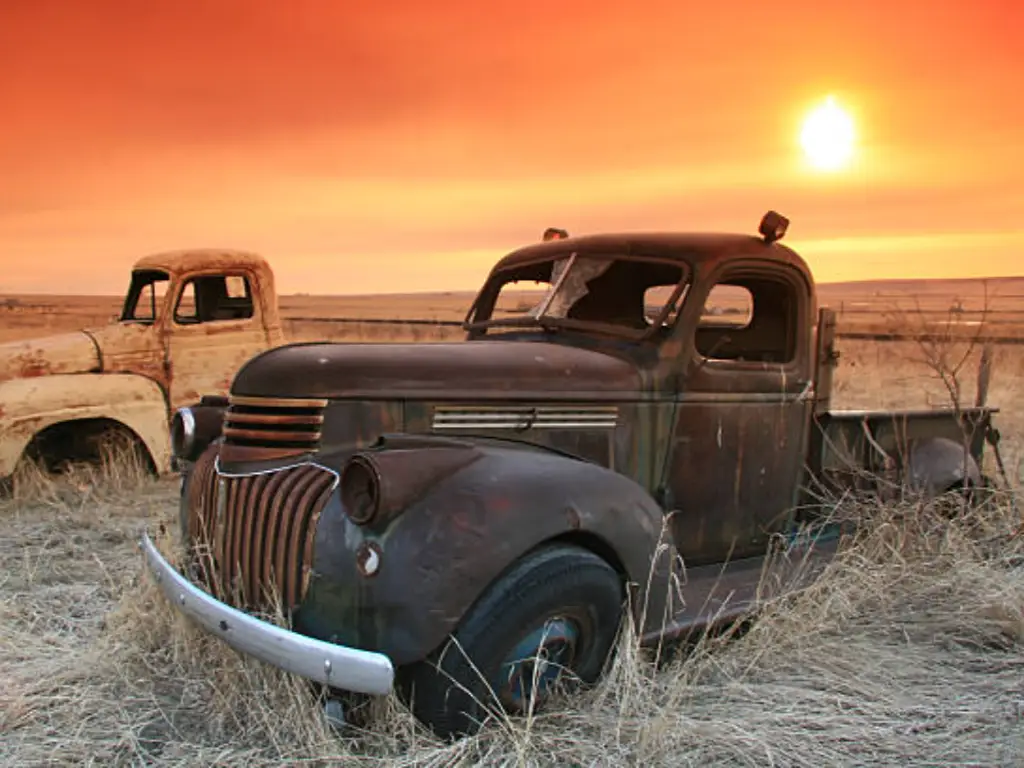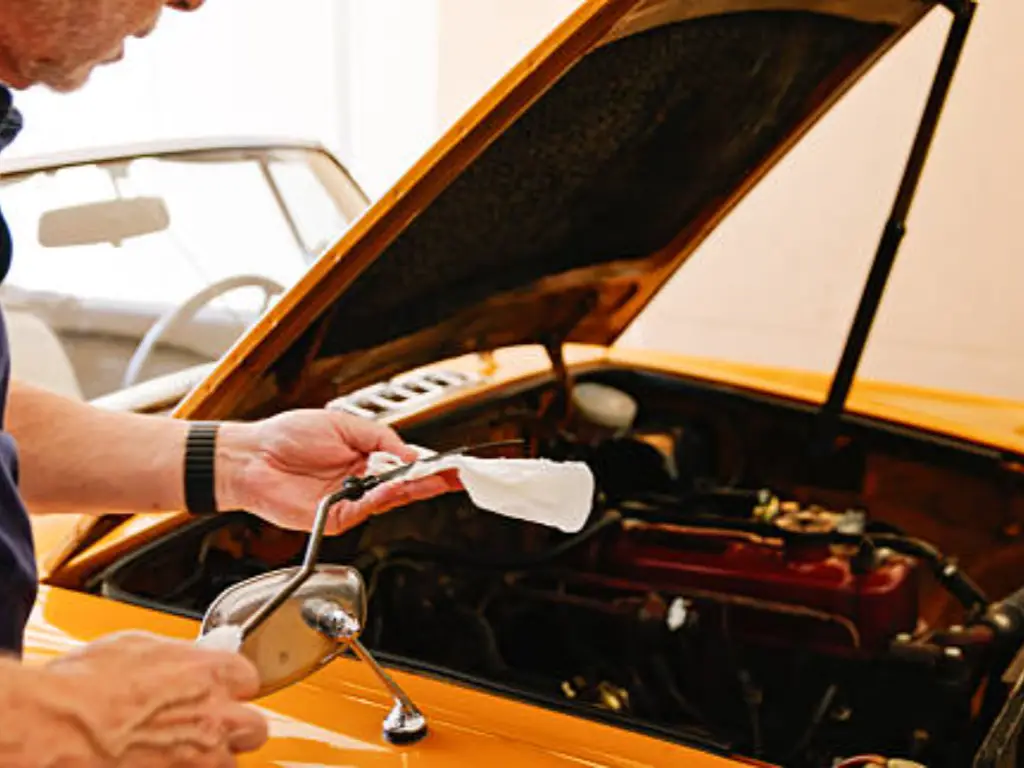Driving can be difficult, if not impossible, in heavy fog, rain, or other weather conditions that decrease visibility on the road. Driving in these conditions if the vehicle isn’t equipped with the proper lighting equipment might result in dangerous scenarios, which can lead to serious or even fatal accidents.
Fog lights are therefore necessary accessories to cars or vehicles.
With this, let’s get into details as to what are the proper usage of fog lights.
Fog Lights: What Are They?

A front fog light is an automotive light that aids visibility in front of the car. It’s placed beneath the headlight assembly and is meant to create a wide “bar”-shaped beam of light with an abrupt cutoff at the top to keep it from reflecting off the fog.
Fog lamps are often installed low (about 12 to 30 inches above the road surface) and pointed downward to highlight the ground beneath the fog.
Meanwhile, a rear fog light, like the brake lights, is designed to create a red-colored light so that other drivers can see the car in low-visibility conditions. It can be found in the center of the rear bumper cover or the place of one of the reverse lights.
Although not particularly prevalent in the United States, rear fog lights are required in Europe.
Fog lamps (whether front or rear) are not required and are considered auxiliary lights, unlike headlights. Fog lights aren’t normally standard on base and lower-tier models, thus car purchasers may be given the opportunity to purchase them as an add-on by their dealer.
Extra Tip: When engaging or becoming a retailer/ supplier of this product, it’s best to have fog lights in bulk purchase to minimize the overhead cost.
Location
Car fog lights are installed in front of the car to make visibility during poor weather conditions, especially heavy fog, better. Car fog lights are also called “driving lights,” “fog lamps,” or “driving lights.” They are usually mounted low on the vehicle and each light has a single strong halogen bulb for improved visibility.
Symbol
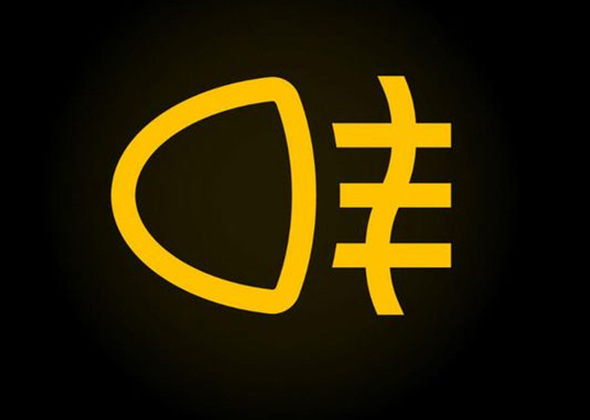
When To Use Fog Lights While Driving?
Fog lamps are auxiliary lights that work in combination with headlights in low-light situations. They are not, however, intended to replace the standard driving lights due to their limited range.
These lights are good for spotting road markers, but they won’t help one see through fog, so they’re only effective when traveling at low speeds.
While there are no rules on when one should use your fog lights, it’s best to use them only in particular scenarios, such as the ones stated below:
Foggy Weather
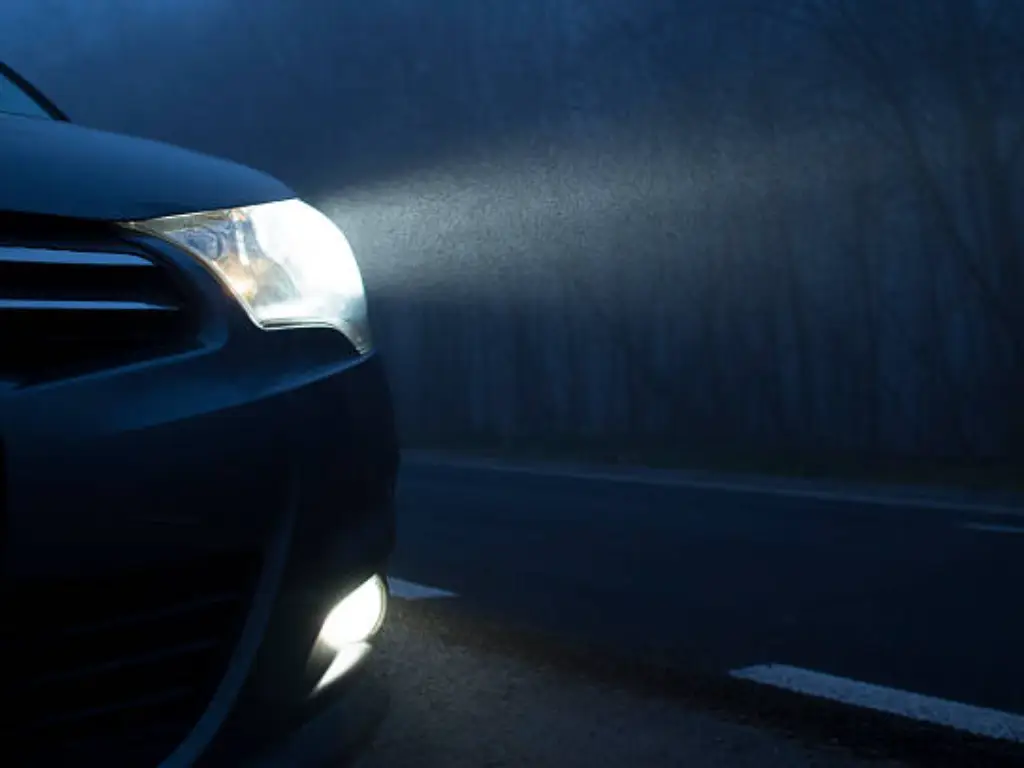
Fog lights are the most important feature in a car when it comes to driving in fog. Fog lights help to see better by increasing the visibility in front of the vehicle by using high-intensity light beams.
Fog lights allow a driver to drive safely even in adverse weather conditions like heavy fog and low visibility. They provide better nighttime driving as well as increase the field of vision by illuminating an area ahead of the vehicle.
The main purpose of fog lights is to make it easier for a driver to see and drive safely in foggy conditions, but there are many other benefits as well. Fog lights are also known as driving lights or spotlights because they emit a bright beam of light that can be seen from a distance and helps other drivers see the vehicle from far away.
Pouring Rain
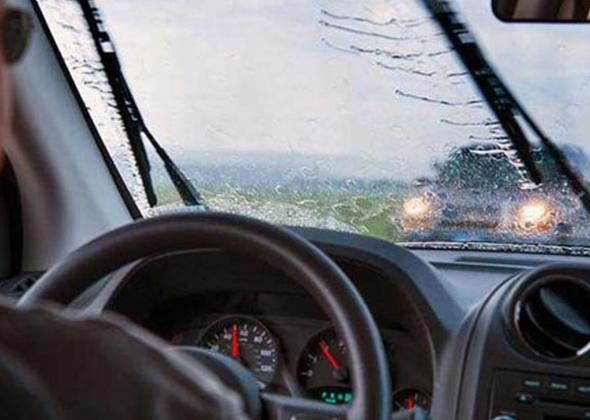
Fog lights are not used as a regular headlight, but as an additional light that helps a driver to see better in low visibility conditions like heavy rain or fog.
There are two main reasons why someone or a driver would want to use fog lights when it’s raining:
Raindrops reflect light from the sun and other sources, which makes it harder to see in the dark. Fog lights help illuminate those drops so drivers can see more clearly.
Fog lights are designed to project light into a wide cone rather than a focused beam like headlights do. This means that fog lights will illuminate more of what’s in front of a driver at any given time, which is especially useful if there’s a lot of water on the road and one needs to see where puddles might be hiding.
Dust Storm Weather
In the event of a dust storm, the fog lights will help drivers see through the dust, making it easier to drive safely.
The fog lights are designed to provide light in front of the vehicle. They are not intended for use as a driving light or for illuminating objects at a distance. If used improperly, they could blind other drivers and be illegal in certain states.
Fog lights should be used when visibility is limited by fog, heavy rain or snow, sandstorms, and other similar conditions where there is little to no light available. Fog lights also help increase driver safety during inclement weather conditions such as snow and ice storms or dense fog (or any other condition where poor visibility is present).
Heavy Snow
When driving in snowy conditions, a driver needs to do more than just turn on their headlights. To prevent accidents, it’s important to use both low-beam and high-beam headlights at the same time.
If the car has fog lights, a driver should use them in addition to the regular headlight beams. The fog lights will help illuminate areas that are hard for other drivers to see and make it easier for a driver to see obstacles in the road ahead.
Fog lights are very bright, which can be a problem during heavy rainstorms or snowstorms when visibility is already low. If driving at night and there’s a heavy snowstorm happening, then the fog lights may make it even harder for other drivers to see someone on the road — especially if they’re driving behind another vehicle or car!
Driving Light(Low Beam+High Beam) Vs Fog Light
Now, let’s differentiate the low beam and high beam, versus the flog light.
Low Beam Light
Low beam lights are used for nighttime driving. They have a lower wattage and beam angle than high beams but are brighter than fog lights.
Moreover, low beam lights are headlights that point down the road and help you see what’s in front while driving. They provide a wider field of vision than high beams and are used when there are no other vehicles around.
Furthermore, low beam headlights should not be confused with auxiliary lights or fog lights, which are mounted on the front bumper or fender as an added safety feature.
High Beam Light
High beam lights are used for nighttime driving. They have a higher wattage and beam angle than low beams but are not as bright as fog lights.
Also, high beam lights are used to illuminate areas that are farther away than what low beams can reach. This is helpful when driving on highways or rural roads where there aren’t many streetlights. It’s also useful for making it easier to see pedestrians at night or on foggy nights when visibility is poor. High beams should only be used when necessary because they can blind other cars’ drivers if they’re not aimed properly or if they’re used too much (or in some cases even at all).
Fog Light
Fog lights are used for nighttime driving in foggy or inclement weather conditions. Fog lights typically have a very wide beam angle (up to 120 degrees) to help scatter light over a larger area. They also usually have lower wattages than other headlight types, but can be as bright as high beams when needed.
Also, fog lights are mounted low on the vehicle and are designed to help drivers see in foggy conditions or heavy rain. Fog lights use a bulb that produces less glare than a high-beam headlight would, allowing a driver to see better in foggy conditions without blinding other drivers on the road.
Some Bonus Tips About Fog Lights Using And Driving In Fog
It’s foggy outside and someone’s driving on a highway that usually has good visibility. Suddenly, visibility is reduced as the fog starts to settle in. The driver slows down, but then there are other cars around that are speeding up. The driver then tries to maintain a safe distance from them, but sometimes it gets too difficult to stay behind them and still see clearly ahead.
When driving in foggy weather conditions, it’s important to be aware of the surroundings for safety. Here are some tips on how to use the fog lights when driving in fog:
Ascertain for a safe distance from the vehicle ahead.
Maintaining a safe distance from the driver ahead is safe to consider obligatory even under normal circumstances, as the car will not stop instantly when pressing the brakes. Of course, the ideal approach is to bring the automobile to a complete stop gradually to reduce wear and tear on your vehicle’s components.
That said, urgent situations requiring a driver to slam on the brakes might arise, and in order for the automobile to have enough time to stop in that event, one must leave enough distance in front of another vehicle. This becomes a much more serious problem if a driver is speeding on the highway, and more so if one is driving through fog and can’t see properly.
Extra tip: Slow down; starting to accelerate in these situations would not help. Keep calm and steady even if the other vehicle behind is tight on tail.
Refrain From Using High Beam Lights
When a driver can’t see much of the road, it’s natural to want to switch on the high beams, but a driver should strongly consider not doing so. While it may appear to be a good idea, we can tell that it is not. This is because fog is essentially water in a gaseous form. As a result, those small droplets reflect light sources, making matters worse.
Fog lights, on the other hand, can be used and are even recommended if the vehicle has them. Even if it doesn’t have fog lights on the front of the car, there may be some on the back, which would be very useful to other people traveling in the fog.
Other Cars’ Rear Lights Aren’t A Guide
When it comes to lighting, a driver might believe it’s basic sense to follow the car in front of when driving in fog. After all, if they’re turning left or right, that’s where the road should be, right? Yes, theoretically. We never know how much attention the motorist in front is paying to the road, and following their car’s back lights too closely might take them off the road.
Instead, stick to obeying traffic signs, markings, the right-hand line, and, if applicable, reflectors.
Anticipate When To Stop Driving
In fact, a list of useful recommendations for driving in fog should always contain this one, which we also regard to be the most important: don’t drive through deep fog if doubtful with the one’s driving skills. Much of getting someplace as quickly as possible is critical, getting there safely is even more crucial. Fog may be extremely difficult to maneuver through, and there’s no reason to try. A driver might encounter potholes on the road (which are bad for suspensions), break your windshield, or even get into an accident.
Simply check the mirrors, slowly slow down, and pull over to the side of the road. Simply wait with the hazard lights on. The fog will not last indefinitely!
Conclusion
When driving down the highway, chances are other drivers are using their fog lights in place of their low beams. Fog lights are different from regular headlights because they throw a wide pattern of light that makes it easier to see what’s immediately in front of the vehicle on a dark or foggy night. However, it’s important to use them correctly, or else it will risk blinding oncoming drivers or causing an accident.
With this, Sunway Autoparts is also devoted to meeting its customers’ aftermarket parts needs, particularly for antique automobiles and motorcycles. Thinking about this already? Do not hesitate to reach them right away. Contact Now!

